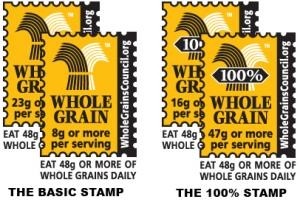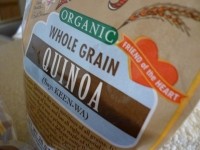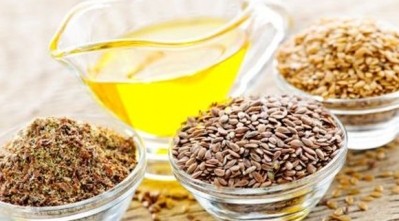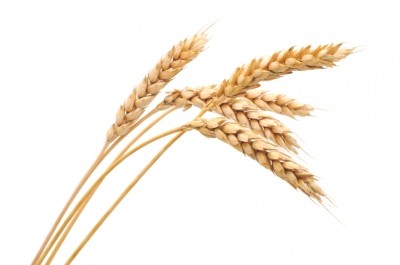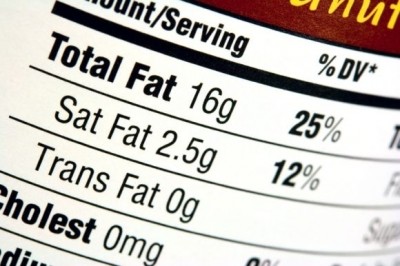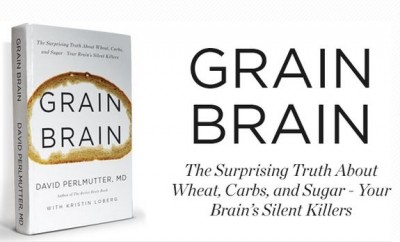What should the criteria be for whole grain labeling statements?

For example, General Mills - which has just filed a comment urging the FDA to get a move on - strongly disagrees with Kellogg, which has told the FDA that whole grain statements should only be made on foods that contain a good source of fiber (10% DV).
But this would just confuse consumers, argues General Mills: “We disagree that fiber should be a qualifying criterion for whole grain statements.”
General Mills: Consumers should not be misled as to what constitutes a whole grain merely to justify certain enrichment practices
General Mills also disagrees with manufacturers that have “suggested that they should be able to add extra bran and/or germ and still call their products whole grain”, it adds.
“‘Whole grain’ is the entire seed of grains such as wheat, rice, corn or oats and includes all three parts of the grain (the bran, the germ and the endosperm) in the same proportion as the intact grain.
“Consumers should not be misled as to what constitutes a whole grain merely to justify certain enrichment practices.”
Firms should add a statement explaining that 48g of whole grains is the minimum recommended amount per day
As to how much whole grain should be in a product permitted to make whole grain statements, General Mills believes the terms ‘made with whole grain’ or ‘made with x grams of whole grain’ should be limited to foods that contain at least 8g whole grains per 30g of the food, while ‘100% whole grain’ labels should be restricted to foods containing at least 16g of whole grain per 30g.
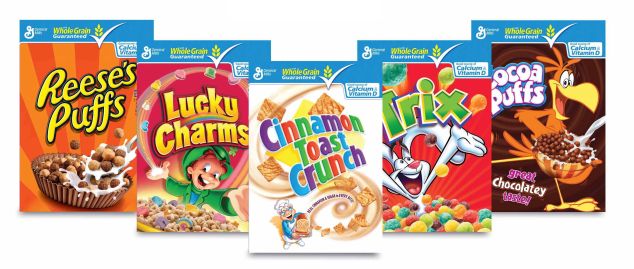
While some commentators believe 8g is not enough, notes General Mills, this measure is consistent with advice in the Dietary Guidelines for Americans (which say consumers should choose foods with at least 8g of whole grains per ounce-equivalent), the view of the Whole Grains Council (which requires at least 8g of whole grains per serving for the basic Whole Grain Stamp) and the American Association of Cereal Chemists International (which says whole grain foods must contain 8g+ whole grain per 30g).
Meanwhile, concerns over transparency should be allayed “by our proposal to add a statement explaining that 48g of whole grains is the minimum recommended amount per day”, it adds.
“Quantified whole grain statements should be communicated by the gram amount of whole grains in context of the daily recommended amount (48g/day minimum) rather than as a percentage of the grain that is whole.”
CSPI: Companies exploit whole grain halo by tacking it on products mostly made with white refined flour
However, Dr Marion Nestle, professor in the department of nutrition, food studies and public health at New York University, argues that disclosing the amount of whole grains in a food as a percentage of the total grains in that product would be more helpful to consumers (ie. 27% of the grains in this loaf are whole grains).
The Center for Science in the Public Interest (CSPI) also favors this approach as it believes “companies exploit the whole grain halo by tacking it on products mostly made with white refined flour” and that the Whole Grain Stamp allows them to do this.
Whole Grains Council: Consumers should be suspicious of products that make whole grain claims but do not use the Whole Grain Stamp
But Cynthia Harriman, director of food and nutrition strategies at Oldways and the Whole Grains Council, rejects the notion that consumers are being duped by the stamp given that it states clearly how many grams of whole grains are in any given product.
However, she agrees “that consumers should be suspicious of products that make whole grain claims but do not use the Whole Grain Stamp, because those products haven't had their whole grain content reviewed”.
She adds: “In our experience, many of these products would not in fact qualify for the Whole Grain Stamp.”
FDA told us it would be necessary to say ‘60% of the grain is whole grain’, something we haven't yet figured out how to make legible on the Whole Grain Stamp

But what about the CSPI’s percentage idea?
This “is a bit trickier”, she tells FoodNavigator-USA: “We met with FDA to learn more about the best way to portray that a product contains more whole grain than refined grain, even if the product might not be 100% whole grain. FDA's position at that time was as follows:
“If a package refers to percentages, they must always be as a percent of the total weight of all ingredients. So FDA would not be okay with wording such as ‘60% whole grain’ on a loaf of bread if the intent is to convey that 60% of the grain is whole grain.
“FDA told us it would be necessary to say ‘60% of the grain is whole grain’, something we haven't yet figured out how to make legible on the Whole Grain Stamp.”
Whole grain rich?
Another option would be to adopt USDA’s ‘whole grain rich’ term for school foods, which refers to a food in which half or more of the grain is whole grain, she says.
However, FDA defines ‘rich’ to mean ‘excellent source’, and advises firms not to use it in relation to whole grains, she observes.
“It's always unfortunate when the lack of harmonization between two government agencies stands in the way of progress on an important health issue like whole grains.”

Meanwhile, counting bran and germ in the definition of whole grains would be a mistake, she says: “They're not whole. Why confuse consumers, just when they're starting to understand what a whole grain is?”
Using fiber as a qualifying criterion for whole grain statements disenfranchises some great whole grains
And what about Kellogg’s argument that whole grain statements should only be on foods that are a good source of fiber?
“Whole grains vary widely in fiber content, and FDA has plainly stated that the health benefits of whole grains are not just about fiber, but about a wide range of other nutrients, too”, says Harriman.
“Using fiber as a qualifying criterion for whole grain statements disenfranchises some great whole grains that happen to not be as high in fiber as others. In fact, most whole grains have lower levels of fiber than the [11%] level used in the FDA Whole Grain Health claim as a marker of whole grain content.”
“These whole grains all have lower levels: amaranth (6.7%), buckwheat (10%), cornmeal (7.3%), millet (8.5%), oats (10.6%), quinoa (7%), rice (3.5%), sorghum (6.3%), teff (8%), wild rice (6.2%).
“Only barley, rye, wheat and triticale match or exceed 11% fiber - and those are all the gluten grains that some people can't eat. Hewing to the existing FDA fiber criterion puts all the gluten-free grains at a big disadvantage. A shame, when we should be making sure that people who are sensitive to gluten are eating healthy whole grains and not just tapioca or potato flour.”
FDA - we're still working on it
A spokesperson for the FDA told FoodNavigator-USA: "The FDA is actively working on the guidance and we are currently in the process of securing OMB approval to conduct consumer research. Once we have completed the research and evaluated the findings we will be in a better position to anticipate when the final guidance will publish."
